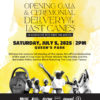
The National Cultural Foundation
West Terrace,
St. James, Barbados
246-417-6610
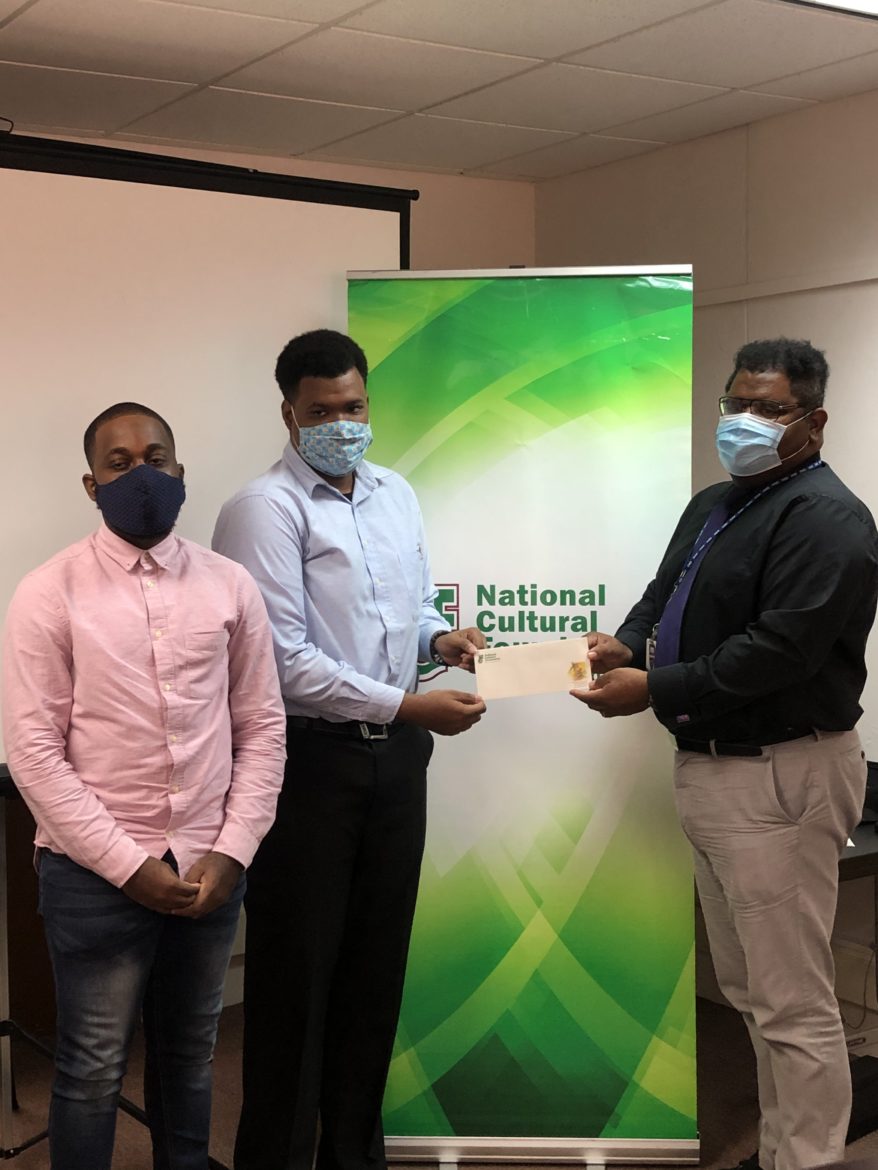
Through art and the environment, the theme ‘Water’ bonds this exhibition to societal issues affecting all persons living on this planet.

‘WATER’… a simple theme with very creative offerings which seeks to illuminate many water figures in the Barbadian creative imagination. It juxtaposes works by older artists with contemporary ones and presents naturalistic, abstract and metaphorical references to downpours, water-droplets, coast-lines, beaches, oceans, journeys and encounters whether real or imagined.
The theme sought to explore water- a resource which was not too long ago taken for granted but has now moved to the centre of the daily news-cycle. Rising sea levels, hurricanes floods, droughts, beach erosion, sargassum, depletion of fish stock and more have all been topics highly discussed recently and debated on in society.
Alison Chapman- Andrews explored the boundary between land and sea in her work East-coast Shoreline and Orange Vine: Storm Coming while Joanna Whittaker explored a South Coast Sunset which was evoked by a lighthouse and impression of thick salty sea-air.
Recognize the varied, but familiar Barbadian coastline in Goldie Spieler’s bird’s eye view of our green island in the midst of a turbulent ocean in An Island to Live in & on & with… and to Become, in the rocky cliffs of Robert MacLeod’s Seascape, Golde White’s sun-bleached Cattlewash, Heinz von Schwarzenfeld’s tranquil East-coast Seascape, Arthur Atkinson’s windswept East coast scene, and on the edge of the shimmering waters in his 4 pm, Carlisle Bay, the only work in the exhibition which also depicts the beach as a public space.
Commercial activities and transoceanic trade routes are the topic of Briggs Clarke’s Careenage. The island’s status as a lucrative tourist destination is invoked by the paradisiacal white sands of Francis Griffith’s Hawking.
Other works reflect on the social and environmental changes and particular vulnerabilities that follow from our dependency on tourism. Annalee Davis’ video Public Beach Access shows the artist measuring up the total width of beach passage-ways that remain open to the public, and Russell Watson’s digital prints HUUA 03 and HUUA 06, as well as his untitled video, draw attention to our intrinsic connection with nature and the fragility that comes with it.

Lorna Wilson spectacularly portrayed the invading seaweed which has adopted a life of its own on our beaches through Sargassum, again!
Aurelia Walcott’s Water Roots series portrays the ocean as a place of leisure and enjoyment, but also hints at both evolutionary and historical passages through water. There is likewise a historical, but this time also a personal, subtext to Winston Kellman’s Atlantic Series, which, time and again, returns him to the iconic Bathsheba rock, and to the Atlantic Ocean itself as a site of a traumatic memory. Eric Belgrave’s triptych Passage/Test/Temple imbues the impatiently swirling, troubled waters off the Barbadian east coast with a similarly haunting sense of dread and jeopardy, if also with a mysterious power of reckoning.
Other artists dwell on the peculiar qualities and effects of water itself. Wendy Donawa’s small woodcut Rain captures the onset of a sudden downpour, and Chris Welch’s Heart I the awesome power of a breaking wave, while William Cummins’ photographs of water droplets in The Carwash #1 and #2 reflect the enigmas of daily life. Nick Whittle’s The Divide captures the movement of a rising wave and the texture of the sea floor, but does not reveal what is ‘divided’. Not dissimilar in texture, Chapman-Andrews’ After the Storm, curiously, evokes a more emotionally tinged sense of division with its solitary palm-tree positioned like a one-man army against a distressed viridian ocean.
If ‘water’ is seen as a Jungian symbol for the unconscious, William Cummins’ Oceanic Constructor can perhaps be understood as a cognitive navigation device, continually gauging and readjusting to shifting oceanic coordinates. Nicky Marshall’s Man Overboard likewise hints at navigation, rescue and compassion for those who are, in a real or metaphorical sense, ‘lost at sea’. In Versia Harris short video Wet Traveller, the repeated passage across the sea has an almost Sisyphean subtext of always-deferred arrivals, an endless journey across perilous seas.
Water also features strongly in the Caribbean poetic imagination, as well as in its folklore and spirituality, for example in syncretic figures like Yemaya and Mami Wata, which personify the power of water in Walter Bailey’s Wave. In Ewan Atkinson’s Dog Country and Man Maid, bodies of water are at once imaginary geographical sites and elements of the subversive play with language and signification, which governs the extensive body of work known as the Neighborhood Report for which they are forerunners. Paraphrasing the traditional craft-object, the two Sailor’s Valentines by Nick Whittle and Alison Chapman-Andrews hint at the journeys, perils, romance and longing associated with voyages and great bodies of water.
“WATER” is open to the public Tuesdays- Saturdays, 10:00 a.m – 6:00p.m (closed 1:30 p.m. – 2:30p.m.) until Saturday October 5th at the Queen’s Park Gallery. For more information please call 427-2325.
The Queens Park Gallery wishes to thank the artists and lenders of the works, and R Studio for the projection services.
Click here for the full ‘Water’ photo album.
‘Water’ features work by:
| Alison Chapman-Andrews |
| Annalee Davis |
| Arthur Atkinson |
| Aurelia Walcott |
| Briggs Clarke |
| Chris Welch |
| Eric Belgrave |
| Ewan Atkinson |
| Francis Griffith |
| Goldie White |
| Heinz von Schwarzenfeld |
| Joanna Whittaker |
| Lorna Wilson |
| Nick Whittle |
| Nicky Marshall |
| Robert MacLeod |
| Russell Watson |
| Versia Harris |
Written by: ncf_boss
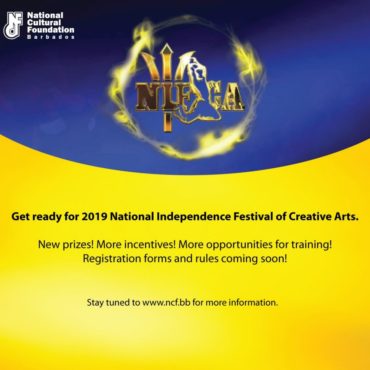
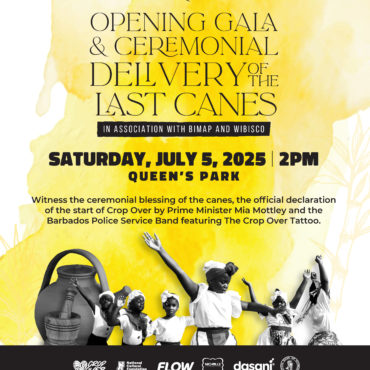
labelCrop Over todayJuly 4, 2025
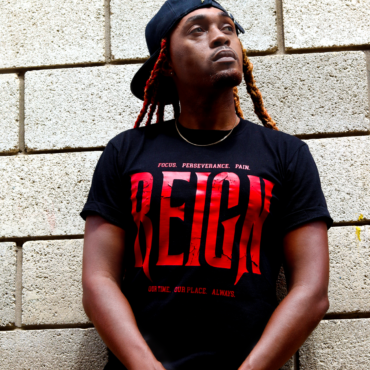
labelCrop Over todayJune 25, 2025
The National Cultural Foundation
West Terrace,
St. James, Barbados
246-417-6610
Copyright 2024 National Cultural Foundation